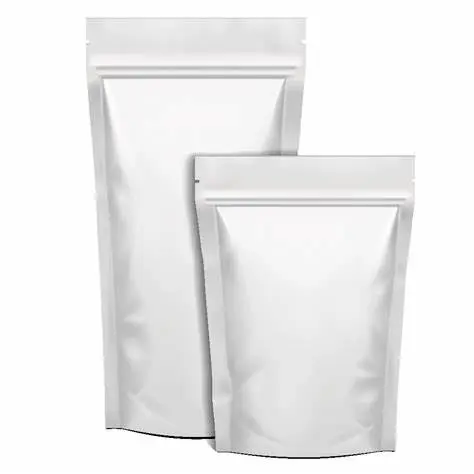Pouches

Digitally Printed
Digital Printing is the latest technological advancement in the manufacture of flexible film-based packaging. With the impeccable color accuracy and sophistication of modern presses, digital printing is specifically optimized for low volume runs and produces very high quality, full-color prints that rival conventional offset printing techniques such as rotogravure.
The best part? Digital Printing requires NO PLATE and NO CYLINDER FEES!
Flexo Printed
Flexography is a printing process that utilizes a flexible relief plate. It’s essentially a modern version of letterpress, evolved with high-speed rotary functionality. A flexible relief plate is used, typically made of rubber or photopolymer. This plate carries the image or text to be printed. The ink is transferred from the plate to the substrate (such as paper, plastic, or metallic films) using an anilox roller. The anilox roller has tiny cells that hold and transfer the ink to the plate. Flexo can print on various substrates, including plastic, cellophane, and paper. It’s widely used for food packaging due to its ability to print on non-porous materials.
Roto Printed
Rotogravure printing is a state-of-the-art process used when the highest color density and maximum print quality is desired. It’s the most sophisticated technique available to the flexible packaging industry, using copper-plated steel cylinders that are unique and specific to each design.
The rotogravure printing process uses a high-precision laser to engrave your artwork onto the cylinders. During printing, the cylinder is partially immersed in a reservoir of ink, which is in turn transferred onto a printable flexible substrate. Since each color requires its own printing cylinder, the artwork will govern how many cylinders are required. Typical cylinders include the primary color components—Cyan, Magenta, Yellow, and Key/Black (also known as CMYK)—along with spot colors that are unique to the artwork. Spot colors are generally defined by Pantone numbers which are used to engineer and produce project specific inks. These inks are produced using the universally accepted Pantone Matching System (PMS), resulting in colors that match your artwork specifications exactly.
